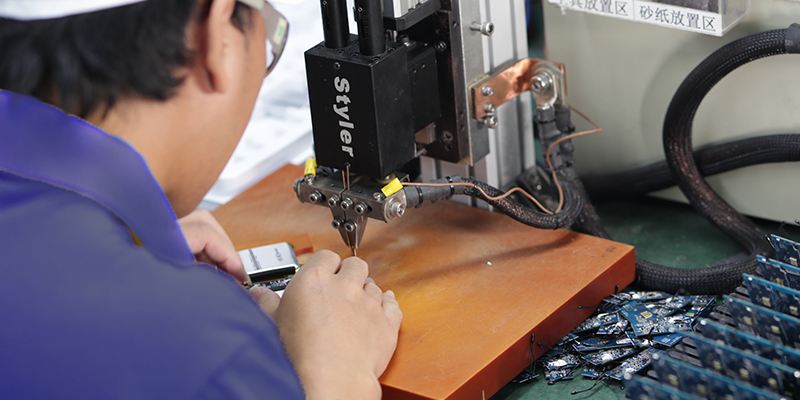Extremely fast battery charging technology could make EVs an easier choice for more consumers
Electric vehicles will now be able to go from zero battery power to an 80% charge thanks to researchers at the University of Waterloo who made a breakthrough in lithium-ion battery design to enable this extremely fast 15-minute charging. It is much faster than the current industry standard of nearly an hour, even at fast-charging stations.
Batteries made using this new design are also able to withstand more charges—up to 800 cycles, a feat not possible with current EV batteries. The research is published in the journal Advanced Science.
“We need to make EVs more affordable and accessible, not just for the wealthy,” said Yverick Rangom a professor in the Department of Chemical Engineering. “If we can make batteries smaller, charge faster, and last longer, we reduce the overall cost of the vehicle.
“That makes EVs a viable option for more people, including those who don’t have home charging stations or who live in apartments. It would also increase the value of second-hand EVs, making electric transportation more accessible.”
This new design will help drivers avoid “range anxiety”—the worry about driving long distances without access to charging stations. It will also address another major barrier in the market: the reliability of used EVs. By showing a tremendous increase in any one battery’s ability to withstand up to 800 charges, this technology will address the mystery around the state of battery health for second-hand buyers.
Every battery has an anode and a cathode. This breakthrough comes from changing the anode design, which traditionally relies on graphite. The research team designed a method to fuse graphite particles together, improving electrical conductivity. The change in the battery architecture facilitates the fast movement of lithium ions without the typical risks of battery degradation or safety hazards associated with fast charging.
Focusing on the anode architecture while still using traditional materials used in lithium-ion batteries makes the technology easier to integrate into existing battery manufacturing processes.

“We’re not reinventing the wheel in terms of materials in lithium-ion batteries. We’re just finding a better way to arrange the particles and providing new functions to the binders that hold them together such as state-of the-art electron, ion and heat transfer properties,” said Professor Michael Pope co-lead of UWaterloo’s Ontario Battery and Electrochemistry Research Center. “This approach ensures that the technology can be scalable and implemented using current production lines, offering a low-cost solution to battery manufacturers.”
The next step for the research team is to optimize the manufacturing process and ensure the technology is ready for widespread industry adoption. The team is evaluating performance in prototypes to gauge interest with industry stakeholders.
“We’re focused on ensuring this solution is not only effective but scalable,” said Rangom, lead researcher for the Battery Workforce Challenge. “It’s crucial that it can be implemented within the existing infrastructure for both battery production and charging stations.”
More information: Yverick Rangom et al, Covalent Carbide Interconnects Enable Robust Interfaces and Thin SEI for Graphite Anode Stability under Extreme Fast Charging, Advanced Science (2024).



